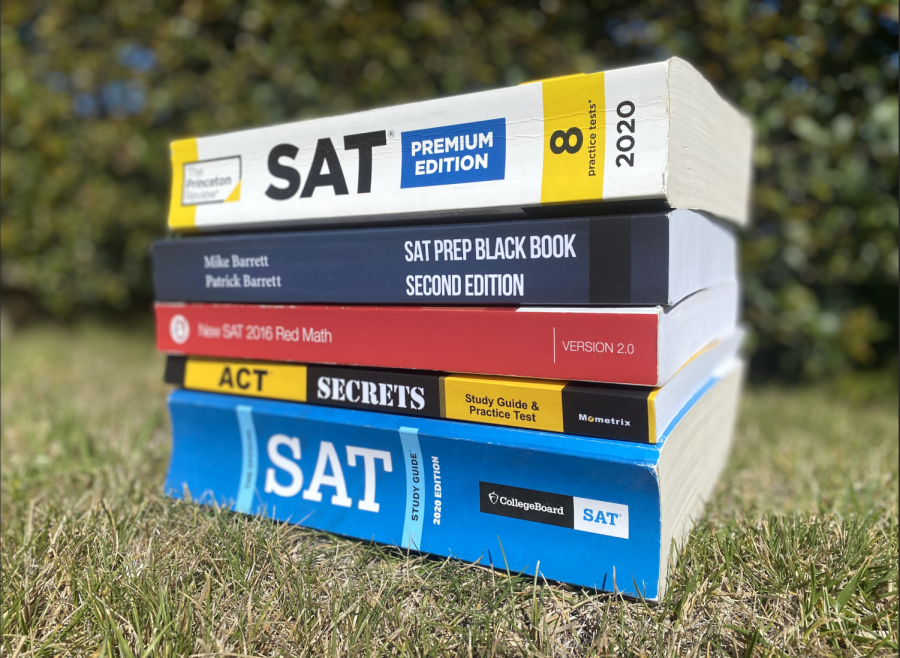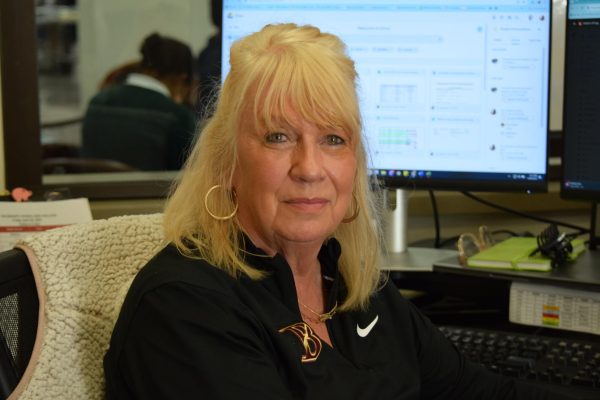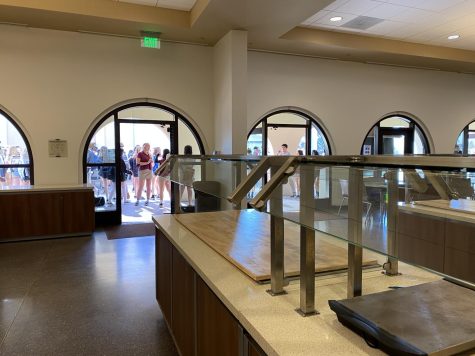Tried and Tested
How COVID’s test-optional policies might affect the future of college admissions
Although college admissions officials often stress the emphasis of holistic admissions, or looking at an applicant’s entire circumstances or personality, most colleges consider standardized test scores important benchmarks in the admissions process.
“After careful consideration of your application, we regret to inform you…”
The words glare out of dozens of Bishop’s laptops, and thousands of other dusty computers scattered across the country, even the world. In a haze of tears, the students slam their laptops.
During last year’s admission cycle, that of the college class of 2025, these rejection letters were more prevalent than ever as selective colleges’ acceptance rates reached an all time low. Brown University’s acceptance rate dropped to 5.4% from 6.9% the previous year. Columbia University’s went from 6.3% to 3.7% the previous year. The principal cause of this, according to The Wall Street Journal, was test-optional and test-blind admissions.
Some have said that the absence of test scores leaves colleges without a standardized numerical gauge for students’ academic performance.“Without an objective measure like the SAT, gaming the system to gain access to higher ed[ucation] through wealth and connections would be much more common,” the College Board said in a statement.
However, others, including many journalists and study leaders, have pointed to holistic admissions and spotted some of the holes in the logic of a standardized test. As colleges start to extend these SAT and ACT guidelines to the highschool class of 2022 and beyond, the question becomes: do test scores reward accomplished students, or perpetuate inequality?
Test-optional and test-blind policies primarily originated during the pandemic, as many students were unable to take the SAT and ACT in light of lockdown. “I actually only took the SAT once, since all my retakes kept getting cancelled due to COVID,” Delilah Delgado (’21) said.
“I had to drive almost six hours to a very remote town in Southern Arizona in order to take the SAT,” Sharisa You (‘22) said.
Only 44% of students who applied through the Common Application before February 15 submitted test scores, in contrast to 77% the year before.
In normal years, testing forms a barrier which deters students with low or non-existent scores from even applying. Therefore, the year of the pandemic saw record-high numbers of applicants, prompting the aforementioned record-low acceptance rates. According to The Washington Post, Columbia had 51% more applicants than the previous year.
This leaves questions still about how colleges might judge students without a standardized metric. Dartmouth College Dean of Admissions Lee Coffin told The Wall Street Journal that, prior to the pandemic, test scores were one of the most critical parts of an application to review.
“I totally understand why colleges went test-optional this year,” Senior Mira Gowda said, explaining that she knew many Bishop’s students whose tests were cancelled. However, she said she decided to submit her ACT score because she wanted something relatively standardized to demonstrate her skills.
Grade inflation runs rampant in high schools across the country—public and private. According to the Bishop’s website, 56% of students have a grade point average of greater than a 4.0. Test scores are therefore likely necessary for colleges to distinguish between different students with straight-A report cards.
“I think not having test scores makes it harder to differentiate between students,” Clay Kates (‘21 said).
However, Teachers College Record and various other studies have shown that rather than measuring a student’s intelligence or aptitude, the SAT and ACT better measure a student’s privilege, since students from higher income families and schools often pay for expensive tutors or books, and therefore outperform students facing adversity. Additionally, retaking the test or long-distance travel to test locations is not always an option for lower-income students.
In June of 2018, prior to COVID, The University of Chicago created the UChicago Empowerment Initiative, dropping the testing requirement. This was in an effort to improve the college’s accessibility to low-income and first generation students.
“In my opinion, test-optional or test-free admissions allows the offices to look at the fuller experience of the applicant,” Associate Director of College Counseling Mr. AJ Jezierski said. “Removing a quantitative measure in this process leads to a more qualitative review of the student academically and personally.
Experts tend to agree that the SAT does not measure overall intelligence or IQ. While originally marketed as an aptitude test, according to Bob Schaeffer, public education director of the National Center for Fair & Open Testing “No test can truly measure ‘aptitude’ for academic success because school performance is not based on a single factor.”
He went on to explain that standardized exams test one specific type of intelligence. Since the tests are both fast-paced and multiple-choice, they prioritize strategic guessing over a careful solution.
“They advantage students with strong test-taking skills, not necessarily those with other talents that may be more valuable in the classroom or in life,” Schaeffer said.
According to a landmark study conducted by William Hiss, former Dean of Admissions for Bates College, a highschool GPA better indicates a student’s college success than a standardized test score.
“These [test-optional and test-blind] policies make me wonder what college admissions criteria will look like in twenty years,” Mira said.
The Universities of California (UC’s) recently extended their test-blind policy through the spring of 2025. They are likely developing a UC-specific exam for applicants.
UCs are just one organization in hundreds across the country that are reconsidering the way they use standardized tests in their admissions process. Students have yet to see what colleges will require post-COVID.
“I know many of them are having internal discussions on future testing policies, but I wouldn’t be surprised to see many of them going back to requiring SAT or ACT,” Mr. Jezierski said.
“I think a test optional future has a lot of potential,” Delilah said. “Often I see so many people putting an inordinate amount of emphasis on their SAT/ACT results, when that’s truly only one component of an application.”
Without test scores, the application reviewal process would likely shift to focus more on character-based analysis, such as essays and teacher recommendations, which may cater towards the expansion of holistic review. Colleges might look more closely at a student’s circumstances and the way they overcame them, rather than if they were able to crank out a high test score in the midst of adversity.

Clare Malhotra was born in Boston, Massachusetts and moved to La Jolla at age nine. She is currently a senior, and this is her third year on The Tower....

















